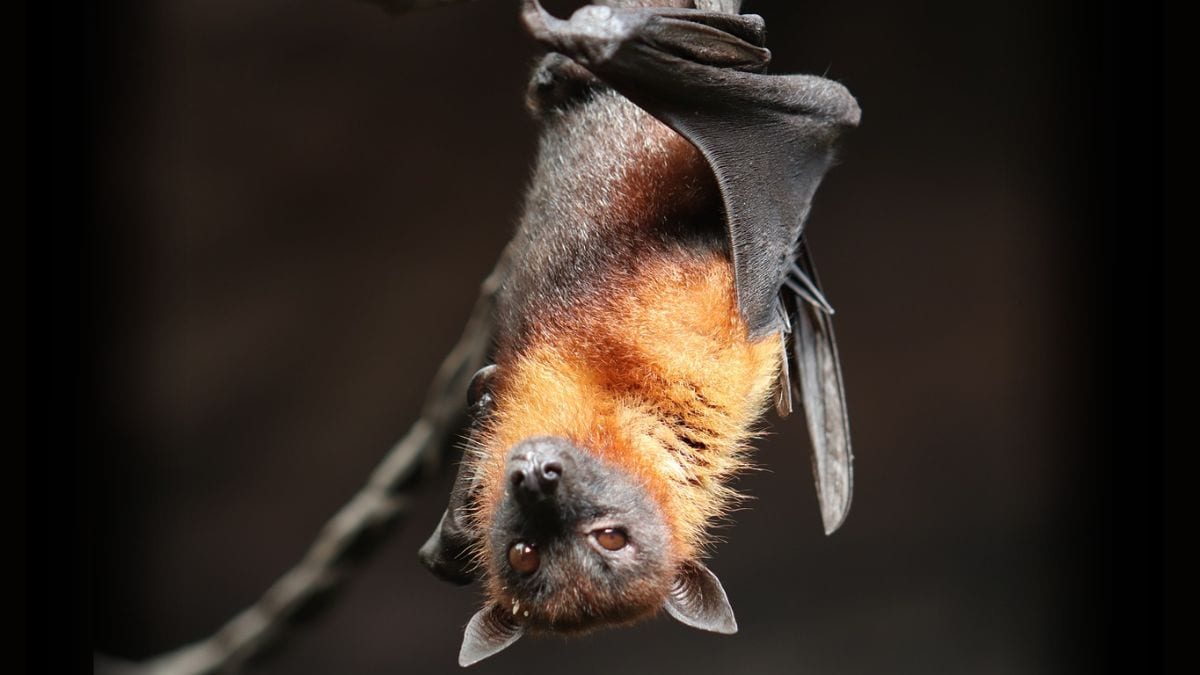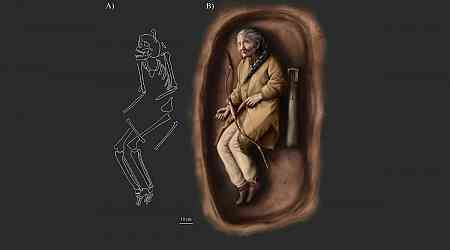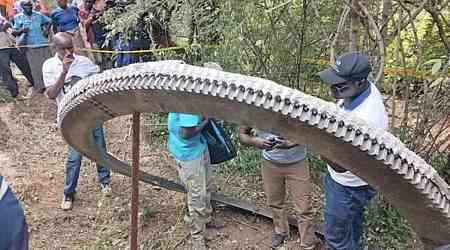Recent tracking efforts have uncovered how the common noctule bat, a species capable of covering over 1,000 kilometres in a few days, adapts its migration patterns. Using tiny transmitters and environmental data, researchers have detailed the flexibility these bats display during seasonal migrations. The study highlights their reliance on tailwinds to traverse large distances across Europe, revealing a more dynamic migration strategy than previously understood.
Innovative Technology Tracks Migration Routes
According to a study published in the Science journal, researchers from the Max Planck Institute of Animal Behavior employed a 1-gram sensor attached to bats using temporary surgical glue. These devices recorded data such as acceleration and temperature, transmitting daily summaries.
Despite initial plans to use the International Space Station for data transmission being halted, an interconnected network of ground-based sensors provided the necessary tracking capabilities. Data from 71 of 125 tagged bats showed varied migration routes, with speeds ranging between 13 and 43 meters per second and flights extending up to 383 kilometres in a single night.
Environmental Cues Influence Timing
The study integrated weather data, including wind speed, direction, and temperature, to determine how environmental conditions influenced migration timing. It was found that the bats adjusted their departures, aligning with warming conditions to “surf” air currents ahead of weather fronts. This adaptive strategy allows them to conserve energy while maximizing travel efficiency.
Potential Conservation Applications
The findings may aid in the development of conservation strategies, particularly in mitigating bat fatalities caused by wind turbines. Edward Hurme, a behavioural ecologist at the Max Planck Institute, told Science.org that the potential to predict migration patterns and adjust turbine operations to minimise risks. Charlotte Roemer, a conservation biologist not involved in the study, noted to the publication that the technology promises to revolutionise migration research and answer longstanding questions about bat behaviour.
Reports have also linked similar behaviour to other bat species, such as Nathusius' pipistrelle, demonstrating that warm air currents play a significant role in enhancing migration speed and efficiency.
































